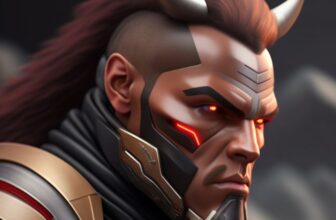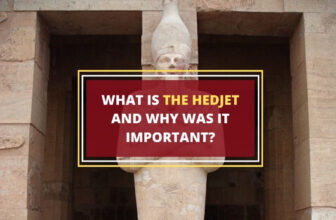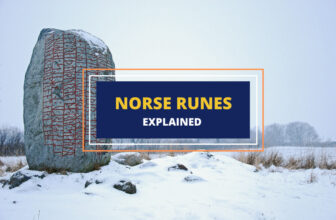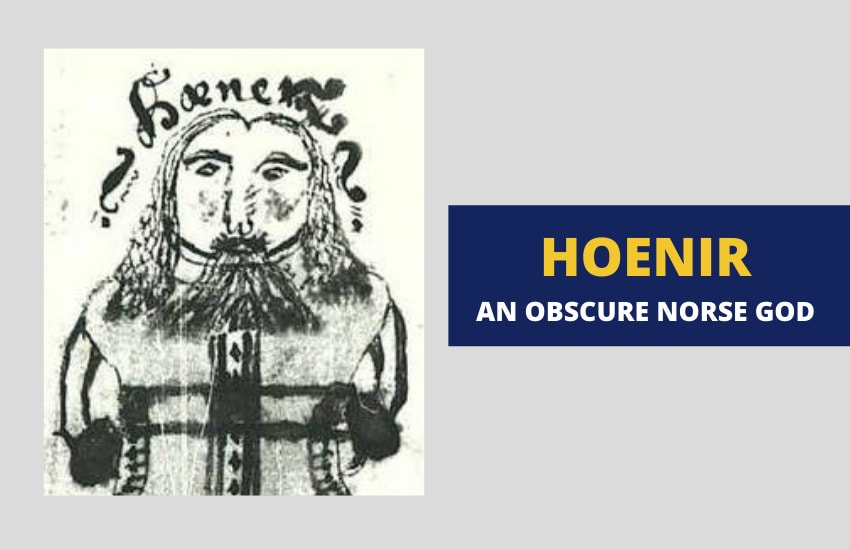
The mysterious Norse god Hoenir is often cited as a brother to the Allfather Odin. He is one of the oldest deities in the Norse pantheon but he is also surrounded by mystery, several confusing details, and outright contradictions
A major part of the problem with discovering more about Hoenir is that there just isn’t much written about him that’s been preserved to this day.
So, let’s go over what we know of this mysterious god and see if we can make sense of it all.
Who is Hoenir?
In the sources that talk about Hoenir, he is described as Odin’s brother and a warrior god of silence, passion, poetry, battle frenzy, spirituality, and sexual ecstasy. And here’s the first problem – these are the exact qualities that are usually ascribed to Odin himself. What’s also not helpful is that in most of Hoenir’s myths, he is often portrayed as being Odin too. But that’s just the beginning of our problems.
Óðr – Hoenir’s Gift, His Other Name, or A Separate Deity?
One of the most popular deeds of Hoenir was his role in the creation of humanity. According to the Völuspámyth in the Poetic Edda, Hoenir was one of the three gods to bestow their gifts on the first two humans Ask and Embla. The other two gods were Loðurr and Odin himself.
Hoenir’s gift to Ask and Embla is said to have been Óðr – a word often translated as poetic inspiration or ecstasy. And here comes a major problem, as, according to other poems and sources, Óðr is also:
A part of Odin’s name – Óðinn in Old Norse, aka Master of Óðr
Óðr is said to be the name of the goddess Freya’s mysterious husband. Freya is the leader of the Vanir pantheon of Norse gods and is often described as their equivalent to Odin – the leader of the Aesir pantheon
Óðr is also believed to be an alternative name of Hoenir instead of his gift to humanity
So, it’s not clear exactly what Óðr is and who Hoenir is. Some view contradictions like this one as proof that there are just some mistranslations in many of the old sagas.
Hoenir and the Aesir-Vanir War
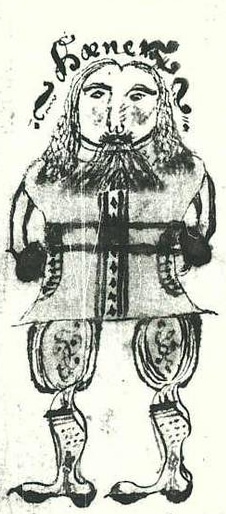
One of the most significant Norse myths is related to the war between the two major pantheons – the war-like Aesir and the peaceful Vanir. Historically, it’s believed that the Vanir pantheon was a part of an ancient Scandinavian religion whereas the Aesir came from the old Germanic tribes. Eventually, the two pantheons were combined under the same Norse umbrella.
How does Hoenir relate to that?
According to the Ynglinga Saga, the war between the Vanir and the Aesir was long and hard, and it eventually ended without a clear victor. So, the two tribes of gods each sent a delegation to the other to negotiate the peace. The Aesir sent Hoenir together with Mimir the god of wisdom.
In the Ynglinga Saga, Hoenir is described as incredibly handsome and charismatic whereas Mimir was a greying old man. So, the Vanir assumed Hoenir was the leader of the delegation and referred to him during the negotiations.
However, Hoenir is explicitly described as being witless in the Ynglinga Saga – a quality he doesn’t seem to have anywhere else. So, whenever Hoenir was asked anything, he always turned to Mimir for advice. The wisdom of Mimir quickly earned Hoenir the respect of the Vanir.
After a while, however, the Vanir gods noticed that Hoenir always did what Mimir told him and that he refused to make decisions or take sides when the wise god wasn’t around. Angered, the Vanir beheaded Mimir and sent his head back to Odin.
As fascinating as this myth is, it does portray a very different version of Hoenir.
Hoenir and Ragnarok
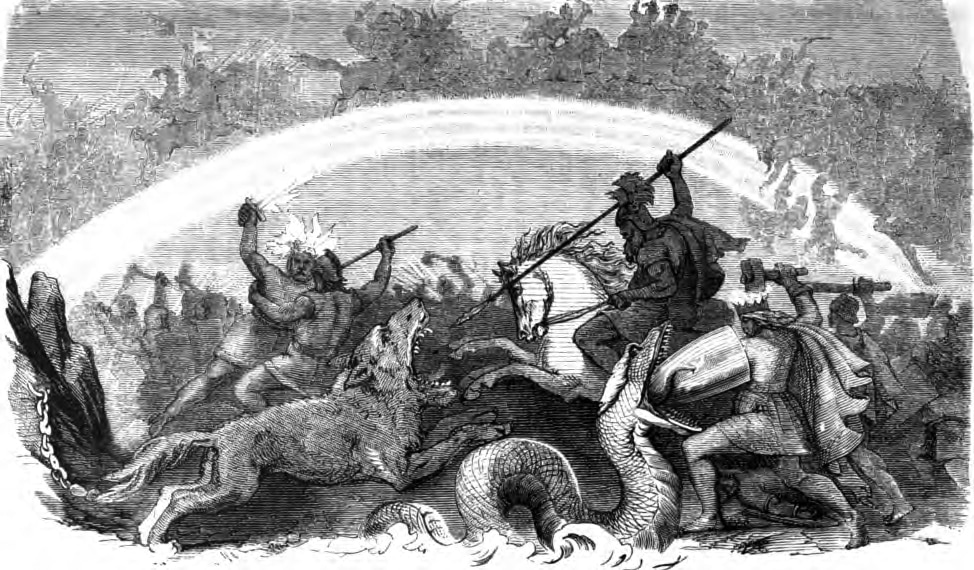
Different sources tell different versions of Ragnarok – the End of Days in Norse mythology. According to some, this was the end of the whole world and the end of all the Norse gods who died defeated in battle.
According to other sources, time in Norse mythology is cyclical and Ragnarok is just the end of one cycle before a new one can begin. And, in some sagas, not all gods perish during the great battle. Most of the survivors that are often mentioned include some of the sons of Odin and Thor such as Magni, Modi, Vali, and Vidar. The Vanir god, and father of Freya, Njord is also mentioned as a survivor as is the daughter of Sol.
One other god who is said to have survived Ragnarok is Hoenir himself. Not only that but, according to the Völuspá, https://www.voluspa.org/voluspa.htm he is also the god who performs the divination that restored the gods after Ragnarok.
Other Myths and Mentions
Hoenir does appear in several other myths and stories, albeit mostly in passing. For example, he is a traveling companion of Odin and Loki in the famous myth about the abduction of the goddess Idunn.
And, in Kennings, Hoenir is described as The most fearful of all the gods. He is also said to be a swift god, long-legged, and the confusingly translated mud-king or marsh-king.
In Conclusion – Who Is Hoenir?
In short – we can’t be certain. This is pretty standard for Norse mythology, however, as many gods are only sparsely mentioned in contradicting accounts.
As far as we can tell, Hoenir is one of the first and oldest gods, a brother to Odin, and a patron deity of most of the same qualities. He likely helped create the first people, he helped broker the peace between the Vanir and Aesir gods, and he performed the divination that restored the gods after Ragnarok.
An actually impressive list of accomplishments even if it’s told in a few words and with many contradictions.





